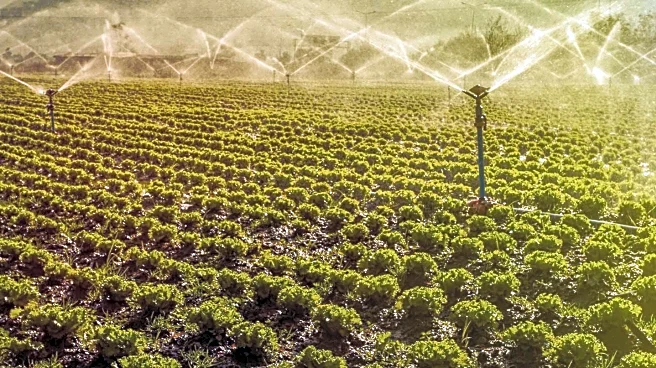What is the story about?
What's Happening?
In Andhra Pradesh, India, a significant conservation effort has led to the release of thirty juvenile king cobras into the wild. This initiative, a collaboration between local villagers and state forest agencies, focused on protecting the breeding grounds of these apex predators in the Paderu Forest region. The project highlights the role of indigenous communities in wildlife conservation, as they actively participated in safeguarding the egg-laying sites of the cobras. This community-led effort is seen as a pioneering model for conservation, with plans underway to establish a 2,400-hectare King Cobra Sanctuary in the Eastern Ghats, which would be the first of its kind globally.
Why It's Important?
The success of this conservation project underscores the importance of community involvement in environmental protection. By engaging local populations, the initiative not only aids in the preservation of king cobras but also provides economic benefits to the communities through job opportunities and educational programs. The presence of king cobras helps control rodent populations, reducing the need for chemical pesticides and benefiting local agriculture. This model of conservation could inspire similar efforts worldwide, promoting sustainable practices that benefit both human and wildlife populations.
What's Next?
Following the success of the king cobra release, Andhra Pradesh officials are planning to establish a dedicated sanctuary for the species in the Eastern Ghats. This proposed sanctuary aims to provide a protected habitat for the cobras and further involve local communities in conservation efforts. Additionally, the positive outcomes of this project are encouraging conservation agencies to expand community participation in other regions, potentially leading to broader conservation initiatives across India and beyond.
Beyond the Headlines
This initiative highlights the potential for grassroots collaboration in conservation efforts. By empowering local communities to take an active role in protecting their natural environment, the project demonstrates a sustainable approach to wildlife management that could serve as a model for other regions facing similar challenges.
AI Generated Content
Do you find this article useful?












